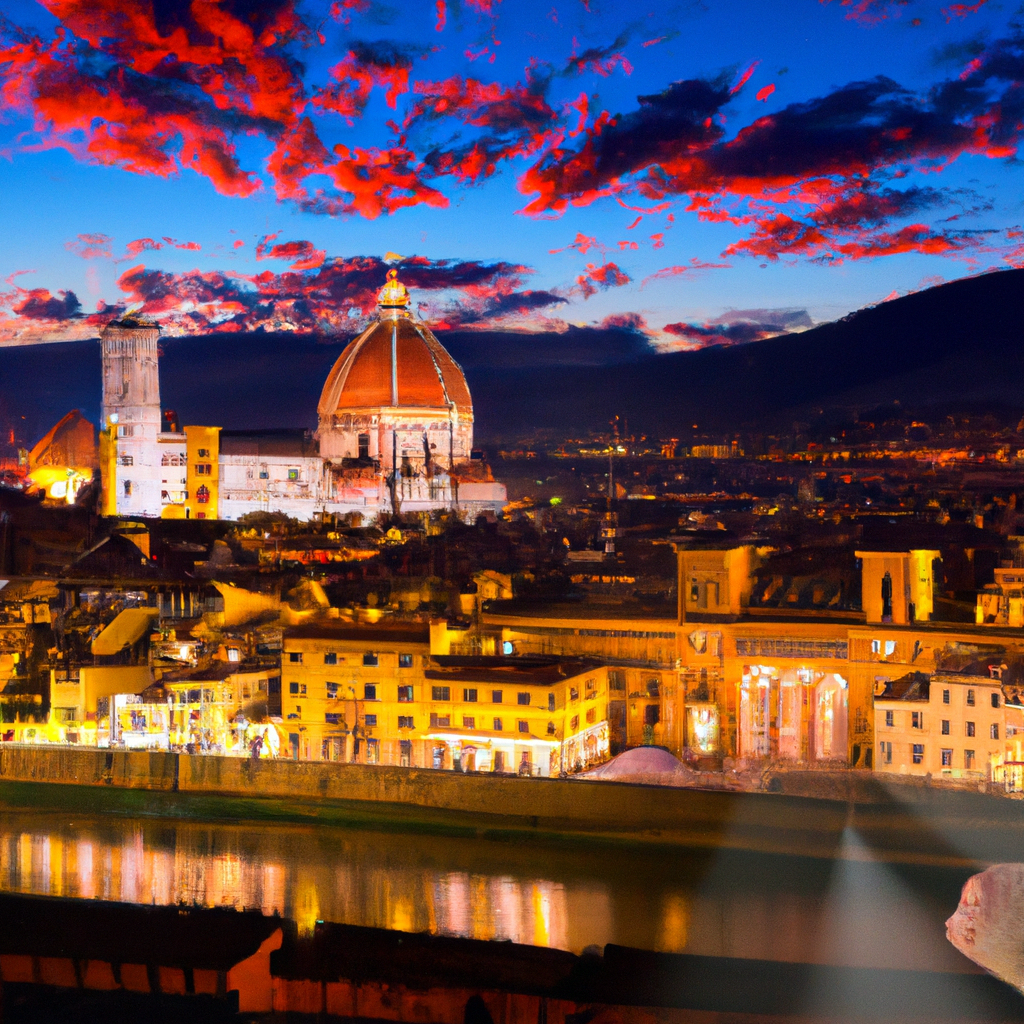A Deep Dive into the Medici Bank: Renaissance Florence’s Financial Powerhouse
Welcome to a fascinating journey into the world of Renaissance Florence, where the Medici Bank stood as a prominent symbol of financial power and innovation. In this article, we will take a deep dive into the Medici Bank’s history, its impact on the economy of Florence, and its lasting legacy.
The Rise of the Medici Bank
The Medici Bank, established in the early 15th century, was founded by Giovanni di Bicci de’ Medici. What started as a small business grew into a powerful banking institution that played a pivotal role in shaping the financial landscape of Renaissance Florence.
The Medici Bank’s success can be attributed to its innovative practices and strategic partnerships. They introduced double-entry bookkeeping, a revolutionary accounting method that allowed for accurate tracking of transactions, balances, and profits. This level of transparency inspired trust and attracted clients from all over Europe.
The bank’s geographical advantage also contributed to its growth. Florence was strategically located in the heart of Europe, making it a major hub for trade and commerce. The Medici Bank capitalized on this positioning and established a vast network of branches in cities like Rome, Venice, and London.
The Medici Bank’s Influence on Renaissance Florence
The Medici Bank’s influence extended far beyond the financial sector. The Medici family, who owned the bank, used their wealth and connections to gain political power, becoming the de facto rulers of Florence. Their patronage of the arts and sciences also contributed to the cultural flourishing of the Renaissance.
As the bank expanded, it began financing major construction projects, including the Florence Cathedral and the Medici Palace. These projects not only showcased the bank’s financial prowess but also contributed to the city’s architectural splendor, attracting visitors and boosting the local economy.
The Medici Bank’s support for artists and thinkers had a profound impact on the intellectual landscape of Florence. The Renaissance saw the emergence of great minds like Leonardo da Vinci and Michelangelo, who received commissions and financial backing from the Medici Bank.
The Legacy of the Medici Bank
The Medici Bank’s influence lasted well into the 17th century, with its power gradually declining over time. However, its innovative banking practices paved the way for modern banking systems that we use today.
The double-entry bookkeeping system introduced by the Medici Bank became the foundation of modern accounting practices. This method, which provides an accurate picture of financial transactions, is still in use in businesses worldwide.
The Medici Bank’s legacy in the world of art and culture is equally significant. Their patronage led to the preservation and creation of numerous masterpieces, which continue to captivate audiences today.
For a closer look at the Medici Bank and its impact, check out this fascinating video on YouTube!
Conclusion
The Medici Bank stands as a testament to the power of innovation and strategic thinking. Through their financial dominance and patronage of the arts, the Medici family left an indelible mark on Renaissance Florence. Today, we continue to reap the benefits of their pioneering banking practices and their support for culture and creativity.
As we delve into the history of the Medici Bank, let us appreciate the ardent pursuit of knowledge, the relentless ambition, and the tireless efforts of those who laid the foundation for our modern financial systems. Florence’s Renaissance owes a significant debt to the Medici Bank, an institution that forever changed the landscape of finance and culture.
